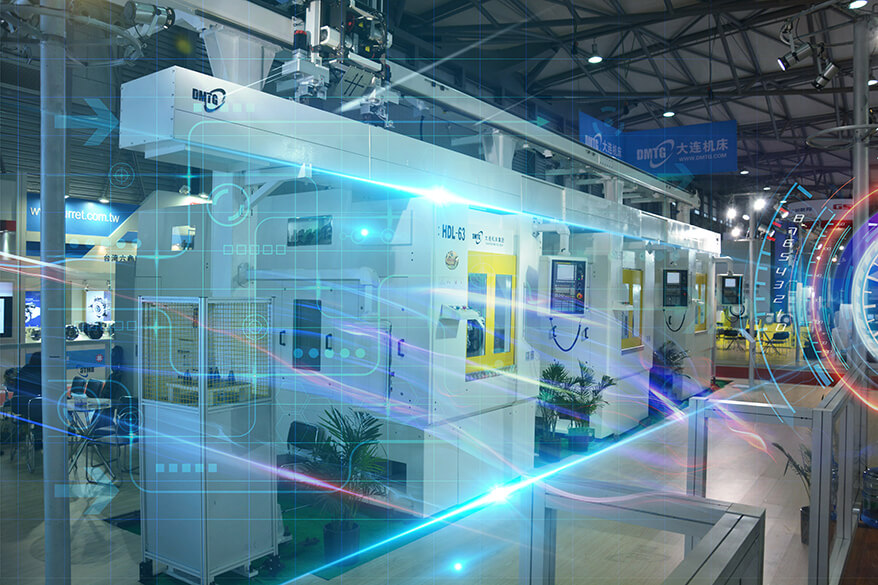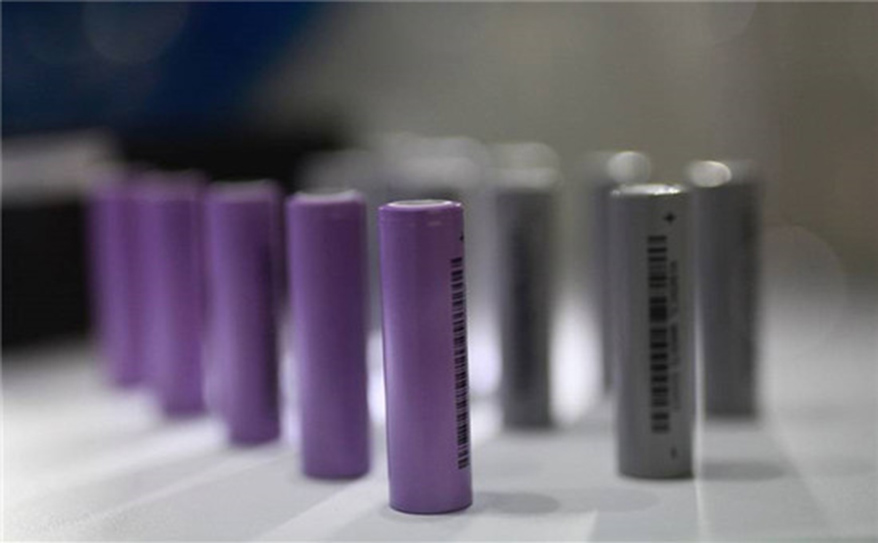Show more about lithium polymer battery fire
Jul 26, 2019 Pageview:1339
Security of lithium polymer batteries has gained attention in different media and legal consideration. Any device that store energy can convey a hazard, as exhibited during the 1800s when steam motors exploded and individuals got injured. Conveying exceptionally combustible fuel in vehicles was a hotly debated issue in the mid-1900s. All batteries convey a danger, and battery producers are committed to meet security concerns, while some local firms are knowns to make alternate ways which is not much safe as you may think.
Why Do Batteries fail·
Lithium-particle is protected yet with a huge number of customers utilizing batteries, disappointments will undoubtedly occur. In 2006, a one-in-200,000 breakdown set off a review of around about 6,000,000 lithium-particle packs. Sony, the producer of the lithium-particle cells being referred to, brings up that on uncommon event microscopic metal particles may come into contact with different pieces of the battery cell, prompting a short circuit inside the phone.
Quality lithium-particle batteries are quite safe whenever utilized as planned. While a high number of fire issues and heat had been accounted for in purchaser items that utilize non-confirmed or non-certified batteries. This may have been understood with the utilization of ensured Li-particle on most current models. A UL official at a gathering in the Washington, D.C. said that no new occurrence of overheating or fire had been accounted for since Li-particle in hoverboards was guaranteed. Flames starting in the Samsung Galaxy Note 7 were because of a manufacturing defect that had been resolved.
Well, Inaccurate utilization of all batteries are extreme vibration, raised heat and charging Li-particle below freezing. Li-particle and lead-acid batteries can't be completely discharged and should be put away by leaving some charging space in them. While nickel-based batteries can be put away in a completely discharged state with no obvious symptom, Li-particle must not plunge beneath 2V/cell for any time. Copper shunts structure inside the cells that can prompt raised self-discharge or a fractional electrical short. Whenever recharged, the cells may end up temperamental, causing unreasonable heat or indicating different other problems.
Lithium polymer battery fire settlement
On the off chance that a Li-particle battery overheats, promptly move the gadget far from ignitable materials and spot it on a non-burnable surface. On the off chance that at all conceivable, then remove the battery and put it outside to burn out. Essentially disengaging the battery from charge may not stop its destructive ways.
A little Li-particle fire can be dealt with like some other burnable flame. For best outcome utilize a CO2, foam extinguisher, copper powder, powdered graphite, any dry synthetic, or soft drink like sodium carbonate. In the event that the flame happens in a plane lodge, the FAA educates airline attendants to utilize water or soft drink. Water-based items are most promptly accessible and are proper since Li-particle contains next to no lithium metal that responds with water. Water additionally cools the contiguous zone and keeps the flame from spreading. Research labs and manufacturing plants likewise use water to stifle Li-particle battery fires.
Group can't get to the cargo regions of the airplane during flight. To guarantee security if there should arise an occurrence of a flame, planes depend upon fire suppression system. Halon is a typical flame suppressant, yet this specialist may not be adequate to stifle a Li-particle fire in the cargo bay.
FAA tests found that the counter flame halon gas introduced in aircraft cargo regions can't stifle a battery fire that consolidates with other exceedingly ignitable material, for example, the gas in a mist concentrate sprayer or beauty care products usually conveyed by explorers. While, the system keeps the blast from spreading to neighboring ignitable material, for example, cloths or cardboards.
Lithium polymer battery fire hazard
Li-particle batteries can flop in some of the cases including both energetic and non-energetic modes. Usually non-energetic fails modes incorporate loss of capacity, or rate capacity, enactment of a lasting disability system, for example, shut down, fuse, CID, separator, or battery pack disability, electrolyte leakage due to cell swelling or cell dry-out.
While energetic fails lead to extremely out of control situation. Cell heat out of control alludes to quick self-warming of a cell got from the exothermic synthetic reaction of the extremely oxidizing positive anode and the exceptionally decreasing negative terminal.
In a thermal reaction, a cell quickly discharges its put away vitality. The more vitality a cell has put away, the more enthusiastic extremely out-of-controlled heat response will be. One reason Li-particle cell out-of-controlled heat responses can be vigorous is these cells have extremely high-vitality thickness contrasted with other cell sciences. The other reason that Li-particle cell thermal reaction responses can be highly energetic because these cells contain the ignitable electrolyte. Therefore, in addition to the fact that they store electrical vitality as electrochemical potential vitality, they store calculable chemical vitality as ignitable materials, particularly contrasted with cells with water-based electrolytes.
The seriousness of a cell out-of-controlled heat response will rely on various components, including the SOC of a cell, which means how much electrical vitality is put away as chemical potential vitality, the surrounding temperature, the electrochemical plan of cell, and the mechanical structure of the cell such as electrolyte volume, cell size and so forth.
Lithium polymer battery fire prevention
Well, above has described some of the reasons for Li-particle fire disaster. While these issues can be prevented by following some of the tips, including:
· Keep batteries at some moderate temperature space. Never use them in a high-temperature environment and don’t store them at very low-temperature space such as freezing.
· Don’t keep your batteries close to each other, especially on the plane because, in this way, all the other batteries will also catch the fire if any one of them get into such a situation.
· Don’t overcharge them, because the additional charging of Li-particle batteries offers an excessive amount of energy which can explode battery in the form of fire.
Well, above has described some of the important aspects related to Lithium polymer battery fire. Consider all these facts and prevention and make sure to keep your batteries safe from catching any kind of fire.
- Prev Article: How much do you know about rebuild battery packs lithium-ion
- Next Article: Tell me more about DIY 18650 battery charger
Leave Message
Hottest Categories
-
Hottest Industry News
-
Latest Industry News











